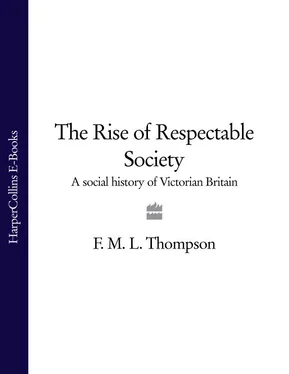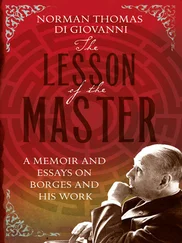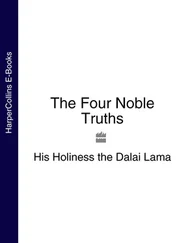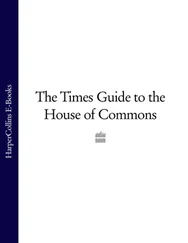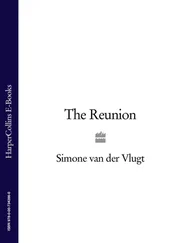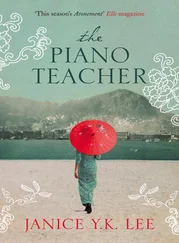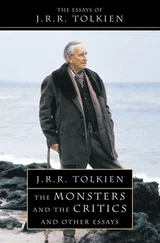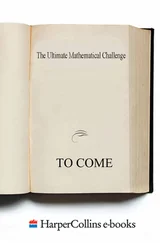Working-class girls, therefore, could and did marry upwards in the social scale in significant numbers, chiefly into the lower middle class, many of them no doubt making the transition via a spell in domestic service. As a straw in the wind, the marriages of daughters of men in the skilled engineering, metal, and shipbuilding trades in Kentish London do show some changes in the third quarter of the century. The proportion finding husbands from the identical trades remained steady at one quarter, as did the proportion, just below 60 per cent, whose husbands came from the general group of skilled trades. But the proportion marrying upwards, with husbands from the ranks of white-collar workers, shopkeepers, and the gentry, increased from 18 to 30 per cent. Working-class men were apparently much more conservative and had less inclination or opportunity to jump over this social divide: the proportion of skilled workers in Kentish London who married shopkeepers’ daughters remained unchanged at 11 per cent, while in Edinburgh it apparently declined from 12 per cent to 8 per cent between the 1860s and the 1890s. Nevertheless, this social frontier between the skilled working class and the lower middle class, although policed with more vigour on both sides by the men than by the women, was not impenetrable and showed no signs of becoming any more difficult to cross during the second half of the century, indicating that at the least social attitudes were not hardening.
Most social historians, however, have been interested in the internal unity or disunity of the working classes rather than in gauging the depth or shallowness of the division between the working classes and the middle classes. Taking the working classes in the widest sense as embracing all manual workers, they clearly had very strong preferences for marrying one another, and could scarcely have done otherwise since collectively they were more than three-quarters of the total population. Within the working classes, however, differences of status and style between different groups were acutely, even jealously, felt and guarded, a matter of routine observation by all contemporary Victorian social analysts. Some social historians have, indeed, argued that the best-known subgroup, the aristocracy of labour, was actually created by the capitalist middle class in order to divide the working class against itself and thus neutralize any threat to middle-class dominance; this untenable theory has now been discarded, but it remains true that many in the middle classes were not averse to approving and encouraging the deserving and respectable ‘labour aristocrats’ to differentiate themselves from the broader semi-skilled and unskilled masses and the disreputable residuum. If such divisions within the working classes ran deep, then not much marriage across the divides would occur. The available evidence indicates, to be sure, that the great majority of marriages were made within subgroups, not between them; but the question is, how much intermarriage between subgroups constituted a significant degree of social flexibility and a sign of interchangeability of marriage partners, in terms of social origins of bride and groom not of wife-swapping, within the generality of the working classes.
An older tradition from preindustrial times had held that the central core of marriage behaviour was for craft to marry like-craft, occupation like-occupation, in a voluntary version of an attenuated caste system. By the 1840s and 1850s, if not earlier, this had clearly largely disappeared, leaving the vestigial remains that men still tended to find the largest single category of wives from among the daughters of fathers in the same occupation as themselves, although this category had ceased to be the dominant one. The carters of Oldham, transport workers on the margins of the unskilled/semi-skilled, were by this time unusual in marrying more daughters of overlookers than of other carters. In place of craft- or occupation-based unions, marriages within the bounds of the subgroup which was felt to be socially homogeneous had already become the norm. This was socially, emotionally, and culturally comfortable, and understandable. ‘The wife of a lighterman’, it was said, ‘felt that she was with her equals when she went out shopping with the wife of a stevedore or the wife of a shipwright, but never with the wife of a docker or an unskilled labourer.’ Roughly half the marriages of sons of skilled workers, from both traditional crafts and new skilled engineering trades, in both Kentish London and Edinburgh, were to daughters of skilled workers; although there were variations in the marrying strategies of particular trades within the skilled group between the 1850s and the 1890s, for the group as a whole this behaviour remained remarkably stable. This constancy suggests that however much the size and composition of the aristocracy of labour may have been changing in the second half of the century as a result of changes in the craft and industrial structure of the economy, its cohesion as a social group remained unaffected at any rate in this key area of marriage choices.
There remains, of course, the other half – or slightly less than half – of the marriages made by the sons of skilled workers. This confirms the stability of the habits and attitudes of the labour aristocracy. In the 1850s, 22.3 per cent of the marriages of the sons of skilled workers were to daughters of unskilled labourers and servants; in the 1870s the proportion was also precisely 22.3 per cent; in Edinburgh there was a slight, possibly statistically insignificant, increase in this ratio from 11.8 per cent in the 1860s to 13.8 per cent in the 1890s, notable in fact not for any change in habits but as an indication of the cultural gap between London and Edinburgh. On the face of it this suggests that the labour aristocracy was growing neither more nor less socially exclusive, and that it had never been particularly committed to marrying-in; on the contrary, it was always reasonably open to finding brides from the unskilled, from the rural world of agricultural labourers, crofters, and the like, and where possible from the classes immediately above it. Such change as did occur may have been among the girls, not the men, and in a surprising direction. A steady quarter of the daughters of skilled engineering, metal, and shipbuilding workers in Kentish London married men in the same trades in both the 1850s and 1870s, and the proportion marrying into the labour aristocracy as a whole also remained almost constant at just under 60 per cent. But whereas only 18 per cent married into the classes above them (white-collar workers, shopkeepers, and the gentry) in the 1850s and 22 per cent into those below, the unskilled, by the 1870s the roles were reversed, with 30 per cent marrying upwards and 14 per cent downwards. At the margin, therefore, a decided upward shift was taking place in the unions of that two fifths of the daughters of the skilled which did not marry within their own class or subgroup. Unfortunately a similar calculation cannot be made for Edinburgh, as the data do not record marriages of or into the middle and lower middle classes. The clear impression is, however, that any erosion of the self-contained character of the labour aristocracy, which had never been all that self-contained anyway, was being engineered by its girls and was in the direction of blurring the boundaries with the classes above and not in the direction of merging the labour aristocracy into a wider, more unified, working class.
Конец ознакомительного фрагмента.
Текст предоставлен ООО «ЛитРес».
Прочитайте эту книгу целиком, купив полную легальную версию на ЛитРес.
Читать дальше
